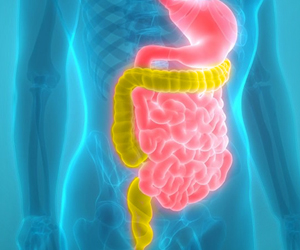Researchers from University of Texas Dallas Medical Center have identified a mechanism that helps regulate food intake - a finding that may help in developing new anti-obesity drugs with fewer side effects.
The 5-hydroxytryptamine (5-HT) system, which includes the 5-HT2C receptor (5-HT2CR) subtype, has been shown to play an important role in the regulation of energy homeostasis.Previous studies, demonstrated that excessive food intake and obesity are linked with 5-HT2CR deficiency and that the atypical antipsychotic drugs, which appear to block 5-HT2CRs, are associated with serious weight gain.
Further, 5-HT2CRs are known to contribute to the appetite suppressant effects of d-fenfluramine, a drug widely prescribed to combat obesity in the 1990s that was later banned because of a negative impact on the heart.
"We have known for some time that drugs activating 5-HT2CRs potently suppress appetite, but the underlying mechanisms for these effects are not fully understood," said senior study author Dr. Joel K. Elmquist from the University of Texas Southwestern Medical Centre at Dallas.
"We also know that pro-opiomelanocortin (POMC) neurons in the hypothalamus of the brain release neuropeptides that activate the central melanocortin receptors which is required to maintain food intake, body weight and glucose homeostasis.
"The melanocortin pathway has been hypothesized to be a downstream mediator of the effects of 5-HT2CRs on feeding behaviour," he added.
Advertisement
Crossing 2C null mice with mice that express Cre-recombinase in POMC neurons resulted in mice with 5-HT2CRs expressed only in POMC neurons (called 2C/POMC).
Advertisement
"Our unique genetic mouse models have revealed that POMC neurons are physiologically important targets of potent anorexigenic 5-HT compounds such as d-fenfluramine to suppress appetite," said Elmquist.
The research appears in journal Neuron.
Source-ANI
SRM














